A CHEATS MOVEMENT CONVERSATION WITH HOWIE KAHN, CO-AUTHOR OF THE BEST-SELLING BOOK ‘SNEAKERS’
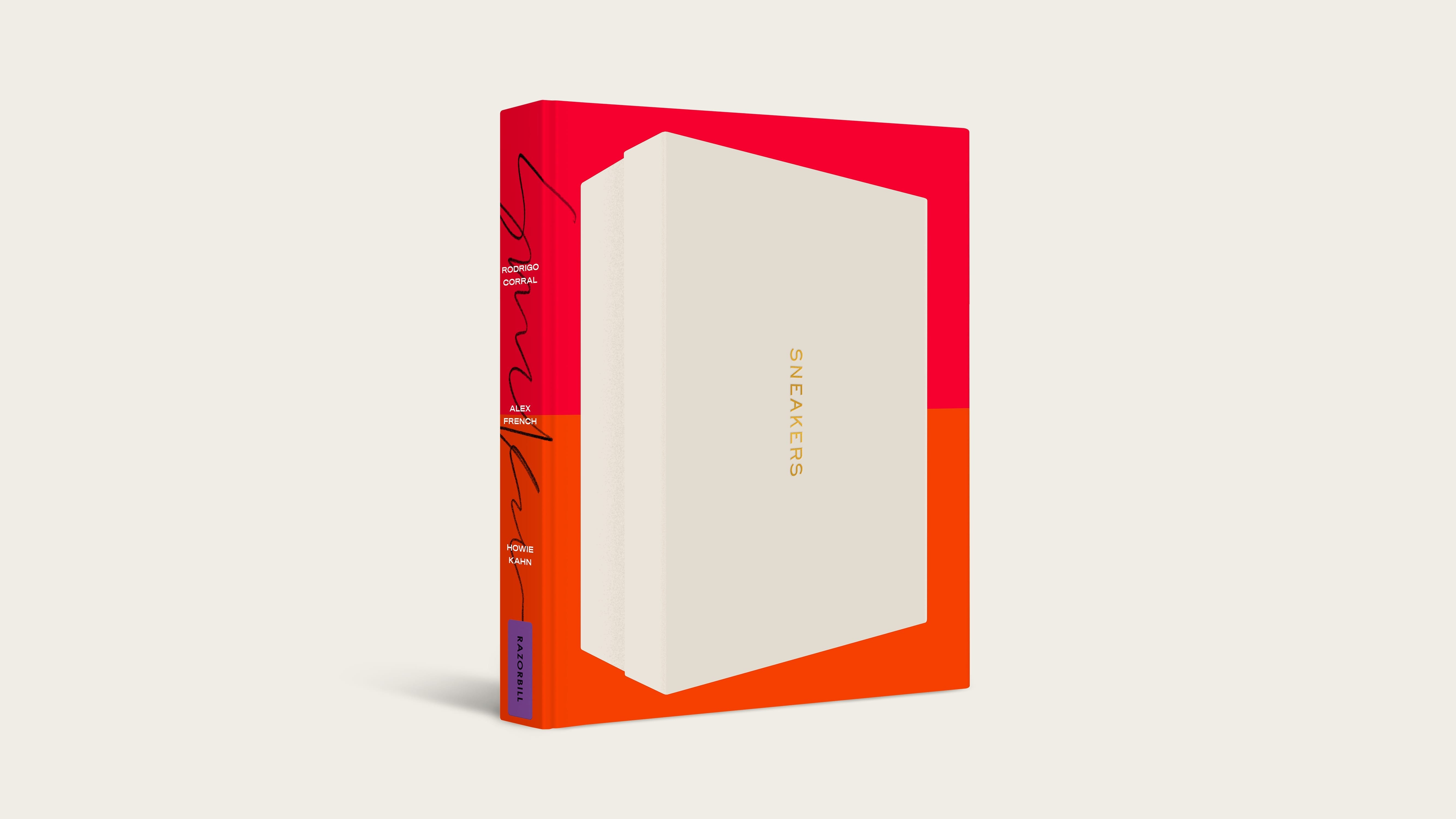
Howie Kahn is a modern-day renaissance man. The James Beard award-winning food and lifestyle author has traveled all over the world and conversed with some of the world’s most interesting people. He is a contributing editor for The Wall Street Journal and is the host and Editor-in-chief of the Prince Street Podcast, a food variety podcast with featured guests like John Malkovich and Anthony Bourdain.
So, it may seem a little strange that Howie is the co-author of the New York Times best-selling book Sneakers, a book that has instantly become a definitive work for sneakerheads and design culture enthusiast.
Howie, along with his friend and fellow journalist Alex French, and designer Rodrigo Corral, combined their respective talents in journalism, photography, and design to create a work that takes the reader behind the curtain into the world of sneaker innovation and creativity that is not often explained. And what makes Sneakers so compelling is the first-person accounts from industry leaders like Jeff Staple, DJ Clark Kent, Tinker Hatfield, Kobe Bryant, Bobbito Garcia, Serena Williams, and many more, those responsible for making the culture. The book has over 50 individual chapters.
In speaking with Howie, I was fascinated by his ability and willingness to go deeper and deeper down the rabbit hole of sneaker culture. From our brief conversation, I hope you get the sense of his curiosity, passion, and incredible ability to articulate the journey of Sneakers.
Cheats: Congratulations. The book is phenomenal. The format is easy to understand and the design is extraordinary. Sneakers is comprised of so many sneaker culture legends. In my mind, I call them my friends. They’re not really my friends. But I’ve read so much about them. I’ve been able to spend some time with legends like Bobbito Garcia and DJ Clark Kent at various events, both who are featured in the book.
Howie: Well, let’s start with Bobbito because, for me, that’s when the book started to feel like it was really going to be something. He was actually the first person I interviewed for the book. And it was kind of like the tipping point where it went from being an idea that we had talked about and had a contract to do – to feeling like, “Oh, man. This is actually going to be something. This is going to be a real thing.” It’s really cool when someone who’s as much responsible for making sure this culture is chronicled as anybody, sits down with you for the project.
Cheats: You are such an accomplished journalist. Were you a full-fledged sneakerhead before the book?
Yeah. I mean, to varying degrees. I don’t have a storage unit full of shoes, and closets every place imaginable, and the career dedicated to creating stories about this culture. But I’ve always been into it.
I think growing up in the 80’s, really lock-in-step with sneaker culture and seeing sneakers go from something that was very much on the basketball court to very much in the rap world – to all of a sudden, all of these suburban kids waiting in line at midnight to get the Jordan two. Sneakers became cool really at the time when I started becoming aware of personal style – of style as expression – of style as an art form. And it was kind of like, the first thing you were paying attention to was the shoes.
You are describing my life as well. Back then, it was just about being fresh. If we had something that made us the freshest kid in school, that’s it. Now, that you’ve released the book globally. Do you get a sense of what technology has done to the culture? Does it feel different to you now?
I don’t know. I mean, it’s really interesting to think about it in terms of its evolution and then, the kind of traction you are as a person, in regards to evolution too. How many things in your life were you into when you were eight and nine? I’m turning 40 this year, right? How many things in my life have I been paying attention to closely for over 30 years? I think one of them is sports. I think another one of them is sneakers. And I think for something to endure over that long of a period, and that’s how I think it is for most people. I think there are fewer people who come to it all of sudden now. I think it’s more of a thing that people kind of track for a lifetime. It’s really powerful, right? When we were kids, there were no retro releases because the shoes were all just coming out for the first time.
Let me ask you this. And you have alluded to this in other interviews but I always like to ask this question: Why were you the right person to write this book?
I mean, I think that it’s a question of why is any journalist the right writer to write the story that they’re writing and use different explanations. It’s either because they’re curious in a way that’s just going to firm them up and they’re not going to be satisfied until their curiosity is satisfied. Or it’s something someone is a true expert of. Something they love and has lived with forever and know everything about. You’re getting their true expertise.
I think, generally in my career, even though I do write about food in a serial way where I’m definitely part of that world. And I follow that as a beat. I still feel like one of the joys of my jobs, one of the privileges of my job is coming to something fresh and being able to access worlds and people that I’m curious about. And wouldn’t necessarily have the access to without what my career allows me to do.
I think sneaker culture combines a lot of things I’m personally really interested in. I think I wanted to show that there was a lot of work going on here. A lot of my writing is about the work people do to get where they are and how their identify informs their business. And the way they conduct themselves. And the way they grow and the way they express themselves. And the way they make art. And the thing that kind of carried me into this book was sneaker culture is a place where a lot of people talk about product. And a lot of people talk about hype, but I think what sometimes gets lost is if you don’t have a product and you don’t have hype without a lot of hardworking people driving it. Who has driven this culture? Who has driven it from the beginning? Who has perpetuated what makes it cool? Who has made it cool?
For me, once I start thinking about the people, that’s when I get really excited. I mean, I think for other writers, the goal might have been, holy shit, I’m going to get plugged for the rest of my life. And I’m going to be able to get all of the shoes. I don’t care about getting free shit. For me, it was like I’m going to get to know a generation of artists who created an industry that’s so compelling that it drives people’s entire existence. It’s almost like their religion.
I got that sense reading the book. You can tell in the narratives, in the individual chapters, the individual articles. The ones that really appealed to me as a reader, were the ones that went through their narrative and their love for the journey and process. The whole thing is very romantic, like, “This is when I got my first sneaker. This is what made it cool to me.” As opposed to some of the narratives were like, “Oh, with this particular shoe, we were going to do this. And with this store, we wanted to do this.”
The more personal it gets, the more interesting it is. And for me, it was really interesting to learn. Some of these people are such gifted engineers too. And to learn that someone like Bruce Kilgore worked on washers and dryers before he worked on sneakers. And Tiffany Beers was making lids for Pringles potato chips before she was doing the mag. I mean, there’s a really advanced level of talent and thinking that goes into these things. You don’t just sit down at a desk and be like, “Here’s a shoe. I’m done.”
You’ve said it took about two and half years to create the book. How much travel was involved?
Whoever I could catch personally in New York City, I caught in person. There were a lot of phone calls and a lot of text. We kind of made a decision to leave certain things out because we couldn’t quite get to them in person. For example, I would have liked to do a lot more in Japan. It’s just such a hotbed of sneaker thinking and sneaker activity. Our Tokyo, our Japanese edition just came out at the end of December. It’s selling over there. And it has an extra chapter with the designer from Hender Scheme and a forward by a prominent Tokyo sneakerhead. But I felt, and Alex did too, that we really couldn’t do too much on Japan without being there.
The book definitely has room for more. Hopefully, you guys will be able to create a few more volumes.
I have a whole list of people I think would do well in the second book sort of based on different people around the world doing interesting things.
Who was the hardest interview to track down? Who was work to get?
They were all work to get.
Really?
Yeah.
I was hoping you’d say it was like a domino effect. You get one and they start all falling.
No. I mean, interviews are really hard. They are really quite hard to get. It takes a lot of time to convince people to spend their time with you answering questions. I think, strangely enough, the two easiest people to get in the book were Kobe Bryant and Serena Williams. Which is probably pretty surprising.
Very surprising.
But there’s a reason. I think because the people who design their respective shoes had poured their hearts to us, essentially. I think they wanted to reciprocate and respect their designers by also giving interviews, and appearing next to them.
It took a while, as it does, to convince big companies to participate. When you’re going after people like Sandy Bodecker and Tinker Hadfield. You can’t just call them up. You have to go through the protocol with Nike. That took a minute to convince them to do a book with us, to have their people in the book and to trust us enough to do it. Same with Adidas. It definitely took some real back and forth.
The chapters are really unique and different. It’s interesting to see the approach you or Alex would take talking to Serena or Kobe versus a street artist that came up in the culture that made a custom pair of kicks. What was your approach when you were talking to the creatives that you interviewed?
All the people in the book are there on purpose based on some contribution to this culture that we felt they had made. And a lot of them are covered in places like Hypebeast, and Complex, and Nick Kicks, and stuff like that. We wanted to try to get something different out of all of them. We wanted this to be the place where you finally got a real sense of who the person was overall and not just one thing they had designed. Occasionally, there’s a drop and someone will go interview that designer about that thing and it will be this little time capsule piece about them. But what we wanted to do was to give more of an autobiographical feel to each chapter, which is the reason we did this in the first-person format, where the voices in the chapter are the voices of the people. And not really editorializing it. Although, it does take a while to get everything sound, smooth, and all that.
But these interviews were long. And some of them started as a single phone call and continued over a period of months. I mean, I remember talking to Matt Hatfield, whose story I find really interesting. And I think he’s a really interesting person. And we started talking. We had a two-hour phone call at some point in this process. And we just kind of kept talking up until the point that the book was published.
What are you most proud of about the book?
That’s a really good question. I mean, it’s amazing. The book is a New York Times bestseller. But I think that’s not what I’m most proud of. I’m really proud of the way it’s actually connected with people. We’ve been touring the book around. And I’ve been in London with it, and I’ve been in Paris with it, and I’ve been in LA with it, and I’ve been in New York with it. And it’s really connected with people. People have had an emotional response to it. I talk to people where… Young designers, where they feel like it’s a major point of inspiration for their future careers. I’ve talked with more established people, who are in the book, who have said things like, “Can I have a copy for my mother?” And the person who said that is somebody who’s a pretty tough guy. And to have him ask for a copy for his mom was really moving because it could show that he was proud to be in this collection.
I think the thing I’m most proud of isn’t anything we did, but it’s the way people have responded. And I have to say, it was a little scary for three years to be creating a book for this particular community. Because this is a community with an advanced appreciation of design.
The last question, it’s cliché but I have to ask, Your favorite pair of kicks?
Jeez. I mean, I have a real Air Max problem. I’m very compelled by them. I spend a lot of time kind of figuring out why. I just think there is this classic element to them.
Yeah, they’re amazing.
And they’re just, I think, and I’m talking about the original ones. I’m not talking about the 90s or the 95s or the 97s. Although, those have had kind of big resurgences and moments this year too. But the Air Max, for me, is just kind of the shoe I keep looking at. And I get excited when it comes out in different color wears. I get excited for rereleases. I get excited for special moments. But there are others. There are other shoes. My favorite shoe that I got this last year was the Mars Yard, the Tom Sachs did. The Mars Yard 2.0 with Nike. And it was really thrilling for me to get that shoe because I really, really respect Tom as an artist. And I kind of love the narrative qualities he brings to everything he does, and the shoe especially. That was my best get of the year.
That’s awesome.
Follow Howie Kahn at: @Howiekahn_ Follow Sneakers at: @Sneakersthebook.
Sneakers is available everywhere books are sold.
#WESEEIT


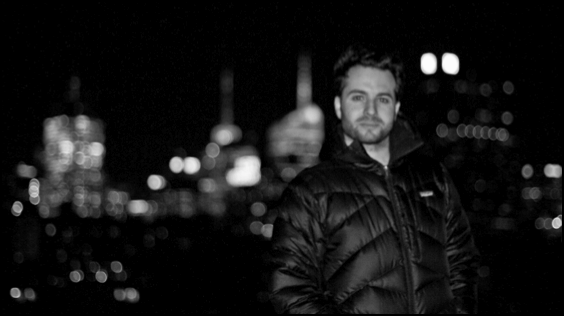
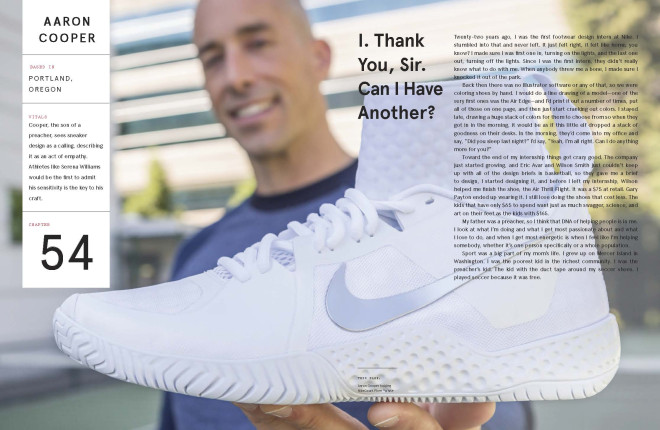


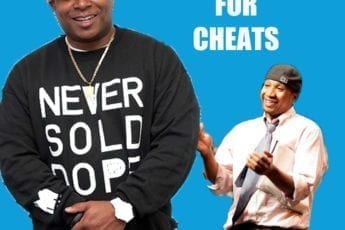
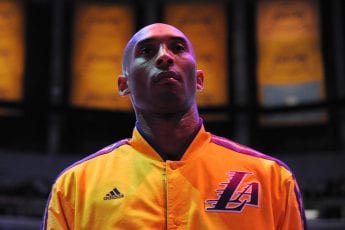

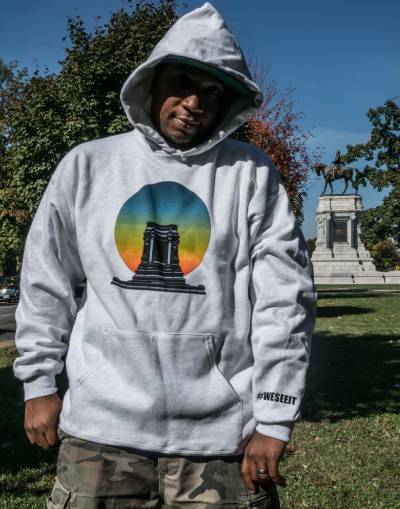 The Cheats Movement is dedicated to hip-hop culture, politics, and community activity. We see our community different than most, therefore, #WESEEIT
The Cheats Movement is dedicated to hip-hop culture, politics, and community activity. We see our community different than most, therefore, #WESEEIT
Leave a Comment